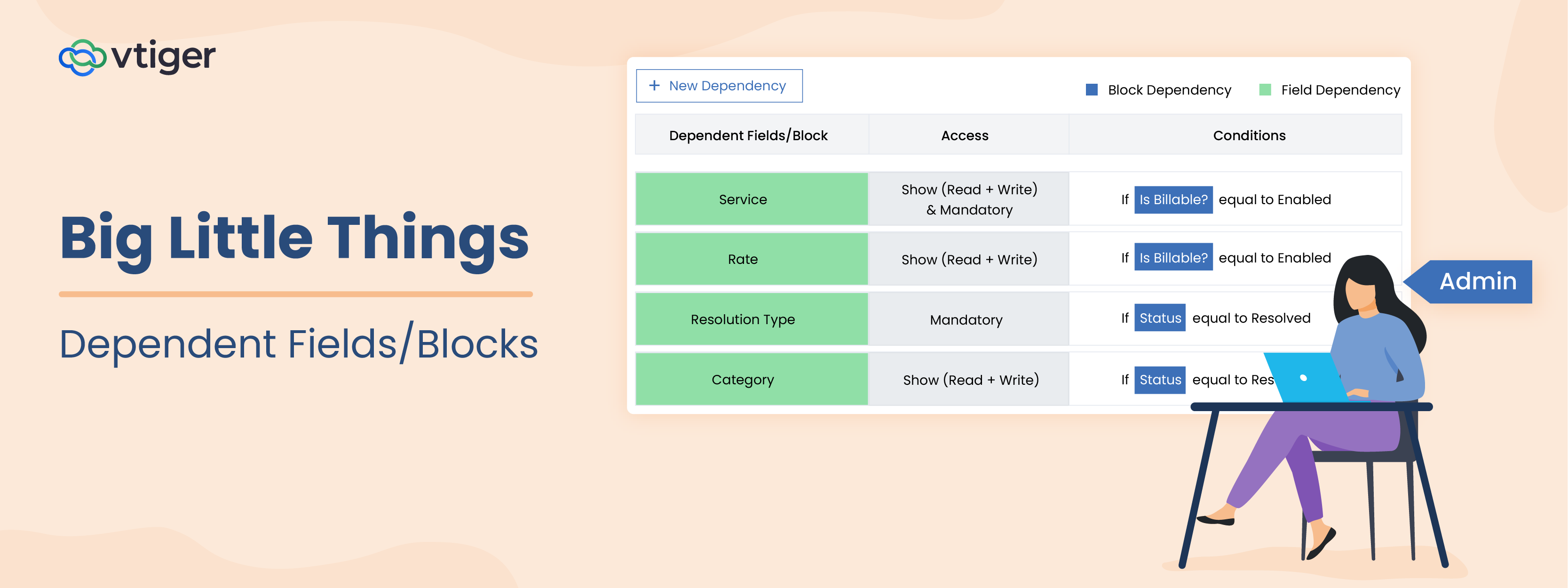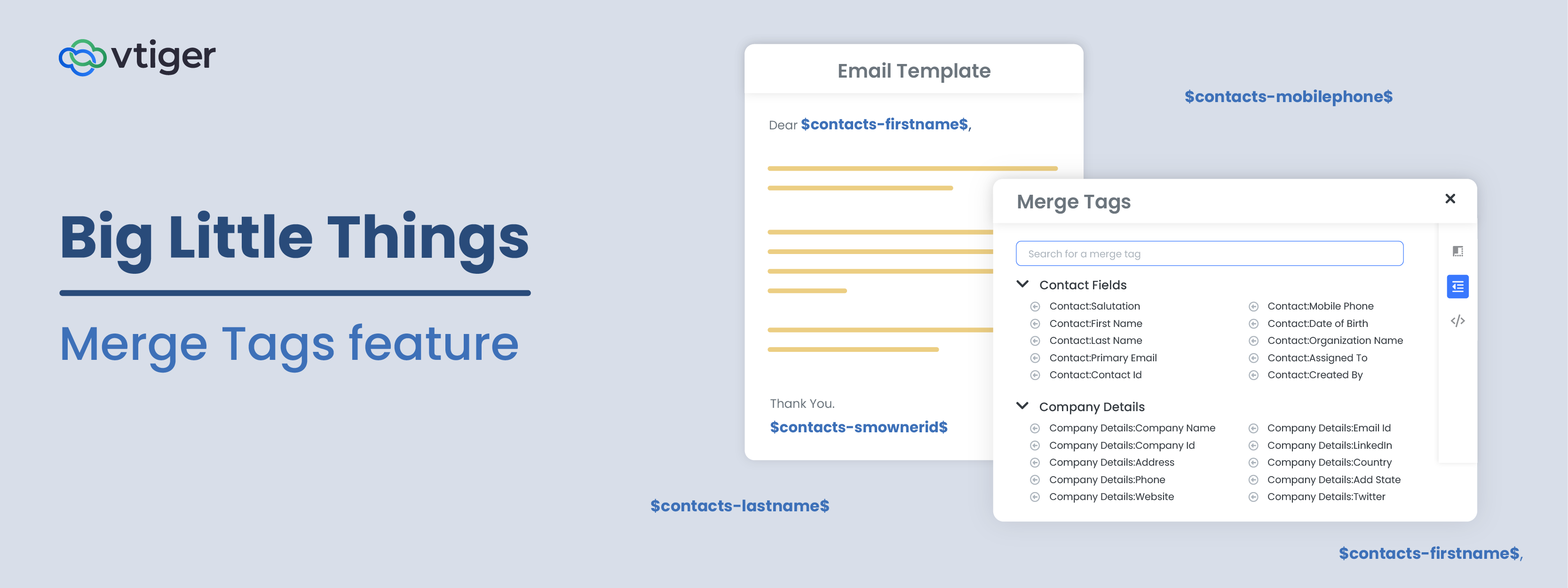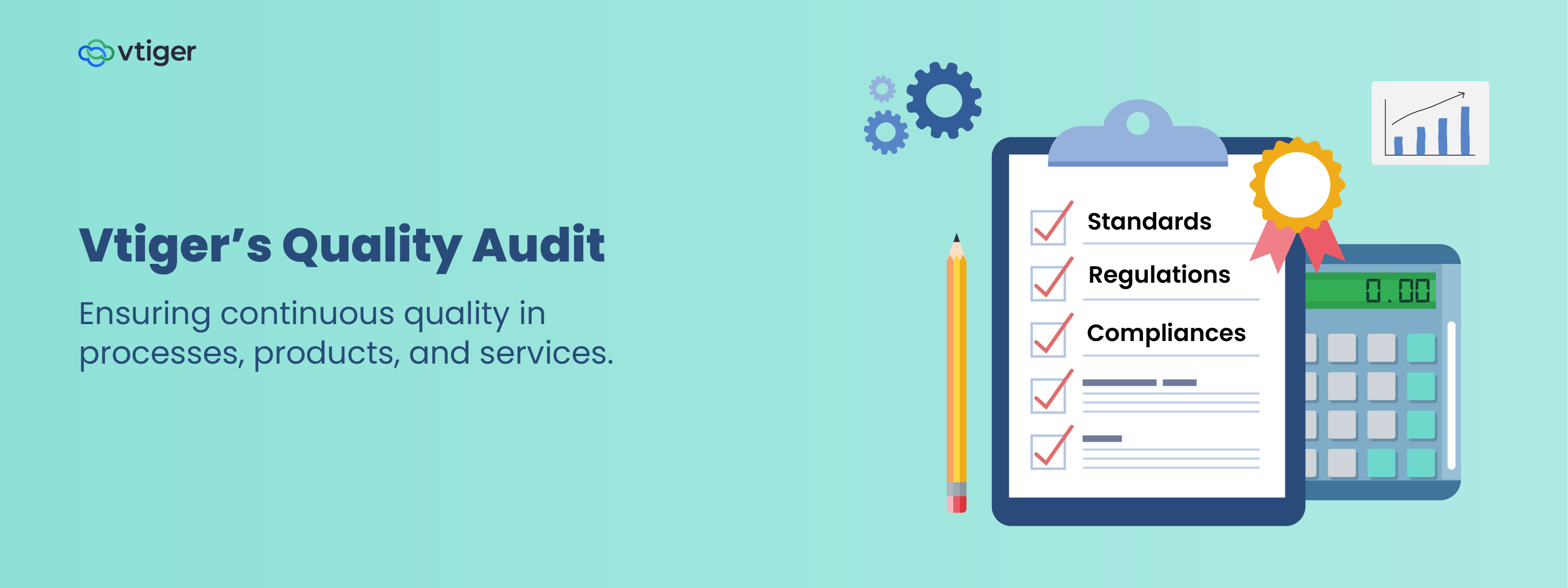An email marketing list is one of the most powerful assets in a marketer’s arsenal. The list contains the names and contact details of leads and customers who have shown interest in your company’s promotional campaigns. They are the people who look forward to your recommendation emails to make an informed purchase decision. They are the people you would be selling to shortly. To ensure that marketers get the best use of it, they always have to keep the list healthy. However, over a period this list degrades. While some contacts change companies and get a new email address, others simply opt out of your mailing list. So, marketers must keep adding new contacts to the email list to make up for the loss and ensure monetization with regular campaigns.
Recommended reading: A quick guide to email marketing
If you’re having trouble in finding ideas to build your list, here are five ideas to get started:
1. Use an opt-in form:
Opt-in forms are the most convenient way to collect lead and customer email addresses. After many trials and tests, experts have found a few high converting spots to place your opt-in forms. Here are 4 top opt-in form locations:
-
- In the feature box

A feature box is an opt-in box that is placed in between the header and main content of your site. Since the feature box appears on the top fold of your website, it will grab the attention of your site visitors and helps in increasing the conversion rate. Thesis Statement reported a 51.7% increase in their blog subscription rate with the implementation of the feature box.
-
- At the top sidebar

The top sidebar is the most common location for placing the opt-in form on blog pages. Sidebar opt-in forms have two advantages: Firstly, it quickly catches the eye of your website visitor. Secondly, it’s easy to implement on WordPress. Use the sticky widget to keep the sidebar opt-in form visible to your blog visitors even on scrolling.
-
- At the end of a blog post

If you’re reading an article from a particular blogger and found it very useful, then you would want to read more from the same blogger. So, when you come to the end of the article and find an opt-in form, you would most likely subscribe.
- In a pop-up box

Popup boxes can be annoying sometimes; after all when you are reading through something you don’t want to be abruptly disturbed with content that you didn’t intend to see. So, keeping user experience in mind, not many marketers prefer popup boxes.
However, experiments show that they are very effective. For Nikki McGonigal, a food craft blogger, popup boxes drove an enormous 1,375% more sign ups than the sidebar form. If you have an irresistible offer, pop-up forms are an excellent way to catch your website visitors attention.
2. Provide choices for subscribing:

Say you read an interesting blog on how to improve marketing strategy and subscribe to the newsletter to read more similar blogs. But when you receive the newsletter you see more posts about customer support best practices than marketing strategy, which are not what you wanted. If you continue getting feeds for non-marketing topics, then you will most likely unsubscribe after a few weeks.
Here is where providing email list categories helps. When your visitors subscribe to a particular category list, you can easily segment your subscribers and send only content that they look forward to reading.
Vtiger directly captures the contact data you collect from Web forms into the CRM. So, when you’re sending out your next newsletter, you can target it to a specific audience.
Whether you want to reach out to a prospect for the first time or request a customer referral after deal closure, use these email templates to grab attention and get replies.
3. Use social channels:
Social channels like Facebook, Twitter, LinkedIn, and others serve as a great way to attract your potentials and have them join your email list. For instance, you can share a free ebook on your social pages and on the landing page you can request for the visitors name and email address.

Facebook’s call to action allows businesses to have sign-up as an option. When the website visitor clicks on Sign-up button, you can redirect him or her to your email subscription page.
4. Collect email addresses at offline events:
Participating in tradeshows, conferences, and events are a great way to grow your network. Free merchandises, exciting contests, and attractive displays with keywords give leads a good reason to stop at your booth. People walking in and out of your booth write down their contact details in the notepad or drop in their their business cards in the fish bowl you’ve placed on the table. Later, your marketing team members spend a lot of time and effort to manually enter the contact details from the sheets and business cards to build an email list in the CRM.

Instead of typing business cards manually into your address book or a spreadsheet, you can save time and bulk scan them using Vtiger’s mobile app. The contacts get stored in the CRM directly. You can instantly create an email list filtering out leads/contacts captured in that particular trade show or event to send follow-up emails when the interaction is still fresh in your lead’s mind.
5. Involve your partners:

Partnering with other experts who share the same goals can help you build your list. You can share your content, hold a contest or simply give away something valuable to attract subscribers beyond those who are familiar with your business and expand your reach. Recently, The Normal Brand ran a month long giveaway along with Jack Mason to increase its email list.
Marketers have to focus on growing their email list to connect with the potential buyers, promote new launches, and sell products. These are just a few ideas to get you started. If you’ve experimented with these ideas before, please feel free to comment below how it has worked for you.



